30 January 2025
Green building projects are setting the stage for a more sustainable future. They’re like the superheroes of the real estate world, swooping in to reduce energy consumption and tackle climate change head-on. However, just like in every superhero story, there are villains to confront—and for green building projects, one of the biggest nemeses is permitting. Yep, those pesky permits can throw a wrench in even the most eco-friendly plans.
So, what's the deal with permitting green buildings? What makes it such a headache? Let’s break this down and figure out what’s going on behind the scenes (and what can be done to fix it). 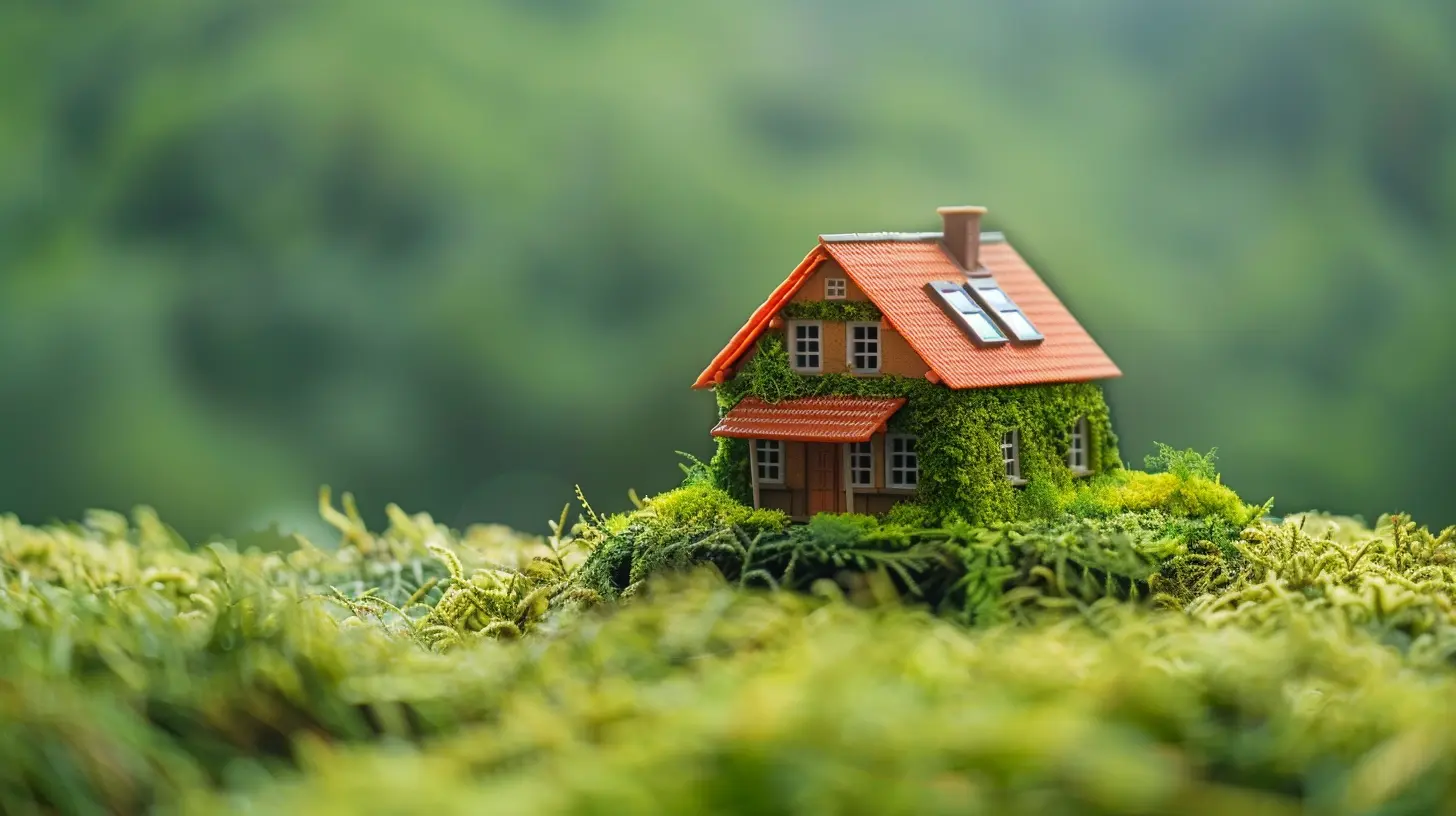
What Are Green Building Projects?
Before we dive into the challenges, let’s set the stage. Green building projects are all about creating structures that are environmentally responsible and resource-efficient. Think solar panels, green roofs, rainwater harvesting systems, and advanced energy-efficient tech.But it’s not just about slapping some solar panels onto a building and calling it a day. Green building is holistic—it involves everything from the materials used in construction to the long-term impact of the building on its surroundings.
These projects aim to meet certifications like LEED (Leadership in Energy and Environmental Design) or WELL Building Standards to prove their eco-credentials. Sounds like a win-win, right? Fewer carbon emissions, lower energy bills, and healthier living spaces for people. So, why is permitting such a nightmare? 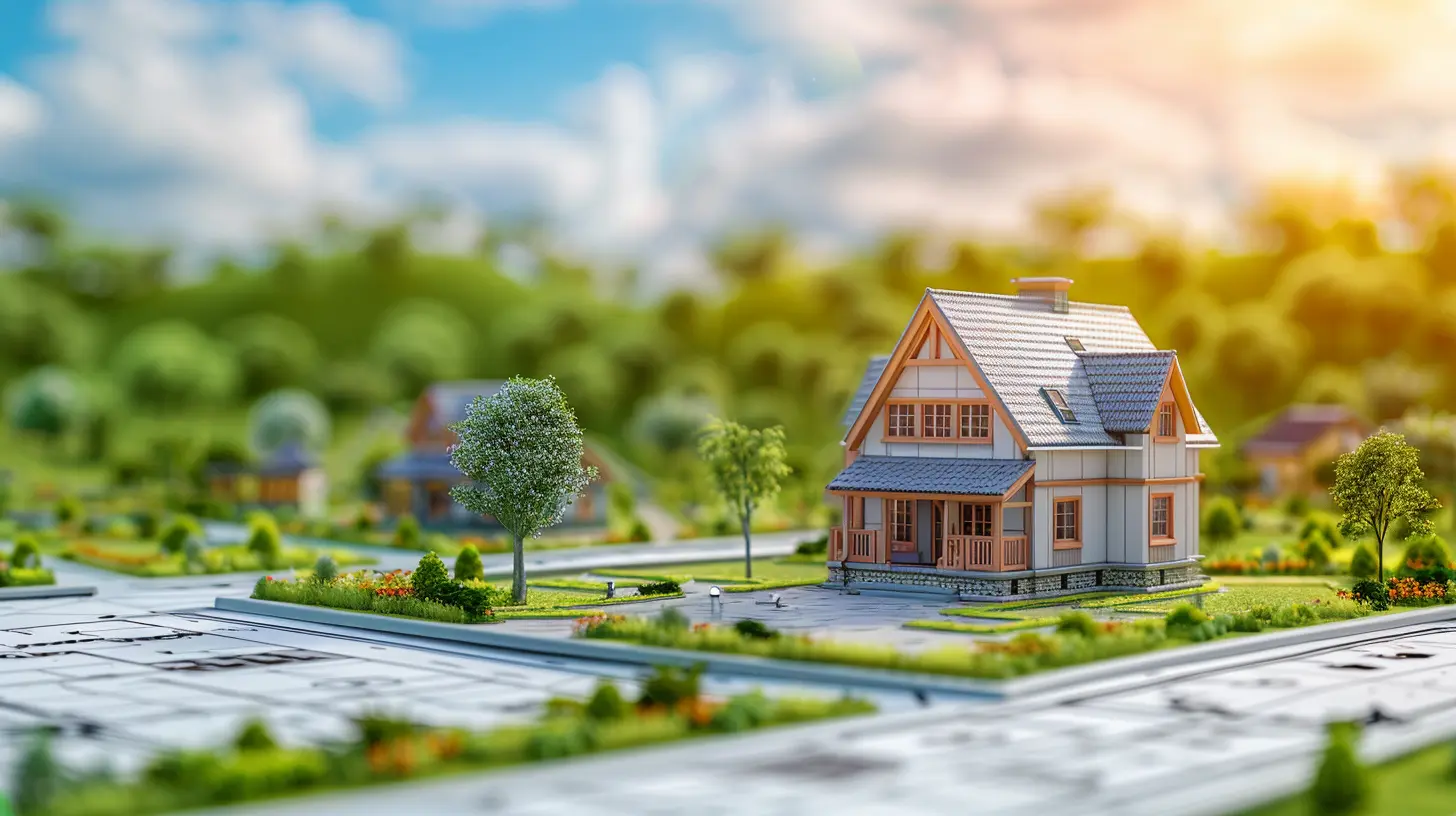
The Permitting Process: A Quick Overview
Permits are basically the green light from your local government to build something. They ensure that any construction project meets safety standards, zoning laws, and building codes. When it comes to green buildings, the permitting process can get...complicated.It starts with submitting detailed plans, followed by reviews to ensure the project complies with various regulations. Then, inspections happen at different stages to confirm everything’s being built as planned. Sounds straightforward enough—except when you throw in green building features. That’s where things can spiral into chaos. 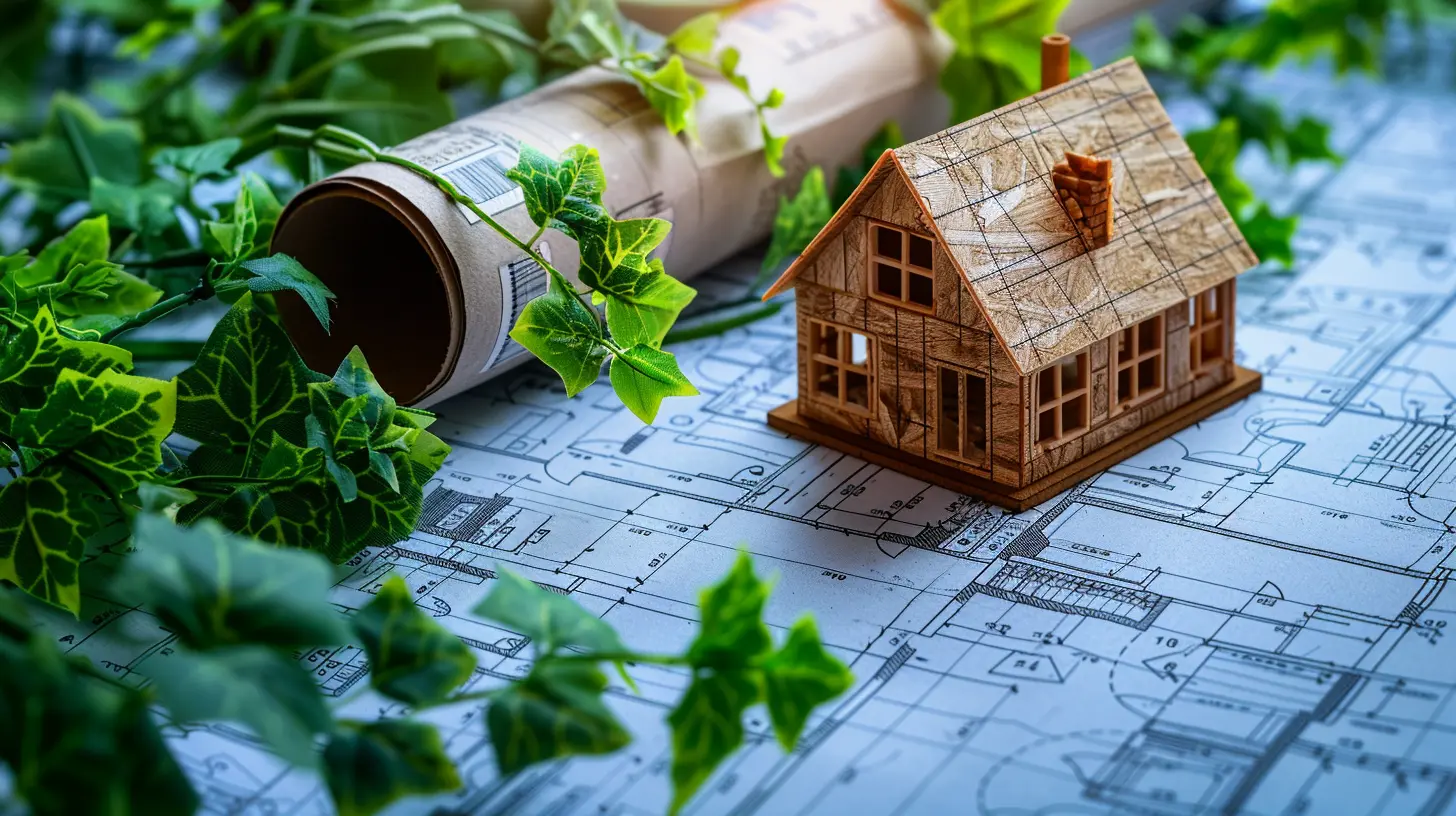
Why Permitting Green Buildings Is So Complex
1. Lack of Knowledge About Green Tech
When it comes to green building tech, not everyone’s on the same page. Some permitting officials may not fully understand sustainable building methods, which sets off red flags for no reason at all.For example, underground rainwater storage systems might seem unfamiliar to an inspector who’s used to traditional plumbing setups. Instead of approving the plans, they might demand excessive documentation or delay the process for further review.
Green buildings are like the new kid in class—cool but misunderstood.
2. Inconsistent Regulations Across Jurisdictions
If you’re building in one city versus another, you might face completely different rules. There’s no universal playbook for permitting green buildings.One town might have progressive regulations that encourage solar installations, while the next town over could still be hung up on outdated zoning laws. This inconsistency creates a logistical nightmare for developers working on multi-location projects.
It’s like trying to play Monopoly, but every time you pass “Go,” the rules change.
3. Costly Fees and Delays
Time is money, and permit delays can cost green building projects big bucks. Some jurisdictions charge additional fees for reviewing and inspecting green features. And if the officials don’t know how to assess these features? Double the time (and costs).Developers often have to hire specialized consultants to navigate these hurdles, and those consultants don’t work for free. Add in missed deadlines and stalled construction schedules, and you’re looking at a financial mess.
4. Resistance to Change
Let’s be real: change is hard. Some local governments and planning departments are just...stuck in their ways. Sustainable building practices represent a shift from the status quo, and not everyone’s on board.Whether it’s skepticism about new technologies or a lack of funding for training programs, resistance to change can slow things down significantly.
5. Overlapping Approvals
Permitting for green buildings often requires sign-offs from multiple agencies—environmental, zoning, utility departments, and more. When these groups don’t communicate effectively, it’s like herding cats.Too often, developers are left bouncing between agencies, answering the same questions over and over. And let’s not even talk about the paperwork... 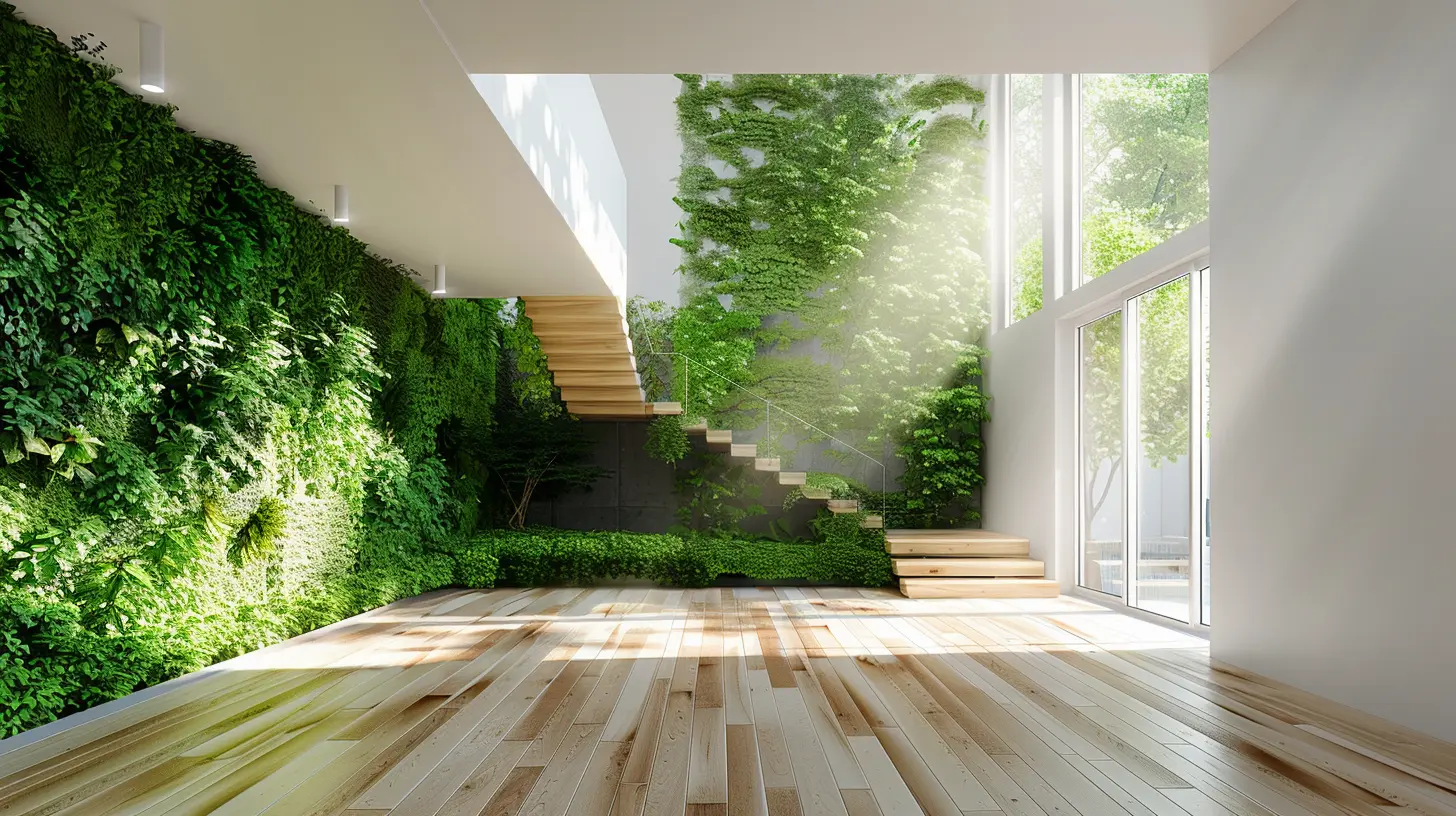
How Developers Are Tackling These Challenges
1. Building Relationships With Local Officials
Developers are taking a proactive approach by educating permitting officials. By hosting workshops or sharing data on the benefits of green tech, they’re helping officials feel more confident in approving these projects.It’s like being a friendly guide—“Hey, this is how a green roof works, and here’s why it won’t cause any drainage issues.”
2. Advocating for Policy Reform
Green building advocates are working behind the scenes to push for standardized regulations and streamlined permitting processes. Uniform policies across states or municipalities can help cut down on confusion and delays.Imagine if there were a “golden rulebook” for green building permitting—it’d save everyone a ton of headaches.
3. Leveraging Technology
Some developers are turning to tech tools to speed up the permitting process. Automated systems can help track permit applications, flag potential compliance issues, and even provide virtual inspections.It’s like having a GPS instead of a paper map—way easier to navigate.
4. Certifications to Build Credibility
Certifications like LEED or WELL serve as a stamp of approval for green buildings. By adhering to established standards, developers can demonstrate that their projects meet rigorous criteria, which can help speed up the permitting process.Think of it like earning a badge—once you’ve got it, people trust your expertise.
The Future of Green Building and Permitting
Despite the challenges, the future is looking brighter for green building projects. More jurisdictions are embracing sustainable development, driven by global concerns about climate change and resource conservation.We’re seeing strides in implementing green-focused building codes, offering incentives for eco-friendly construction, and even creating dedicated departments to handle green permits. While there’s still a long way to go, the groundwork is being laid for a smoother permitting process.
And let’s not forget the role of public demand. As more buyers and renters prioritize sustainability, developers have a greater incentive to push through permitting obstacles. After all, the green building movement isn’t just a trend—it’s the future of real estate.
Closing Thoughts
Permitting might be a thorn in the side of green building projects, but every revolution has its challenges. With collaboration, education, and a bit of persistence, the industry can overcome these pain points and pave the way for a greener, more sustainable world.Think of it like climbing a mountain—it’s tough, but the view from the top is oh-so worth it.

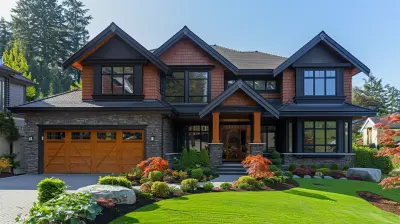
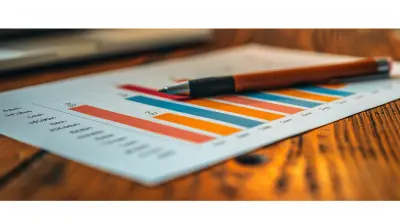
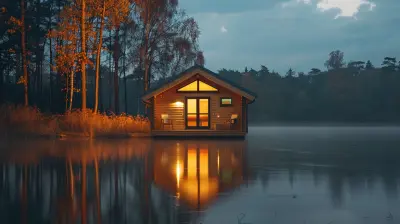

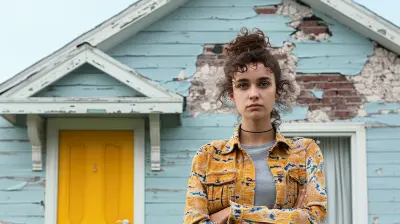
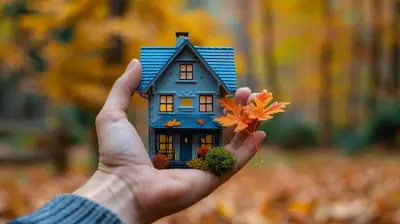
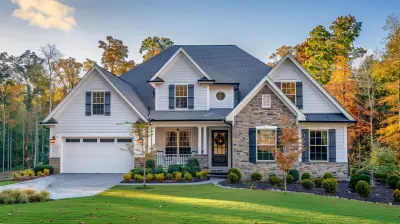
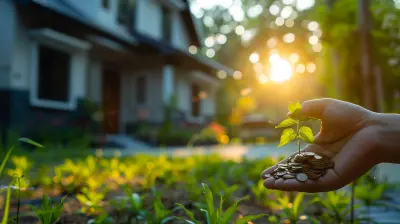
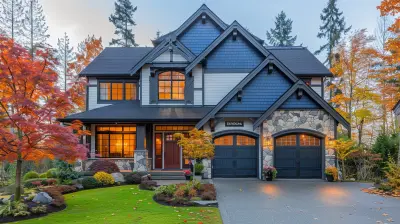
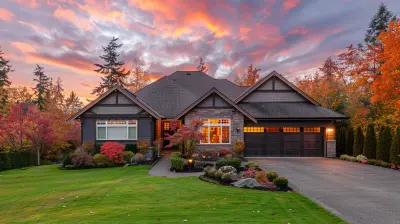
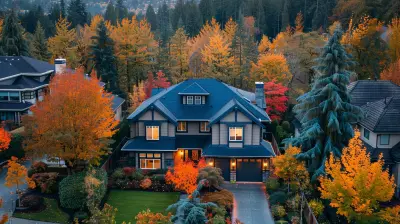
Sophia Schultz
Great insights! Overcoming permitting challenges leads to greener futures!
April 3, 2025 at 8:44 PM